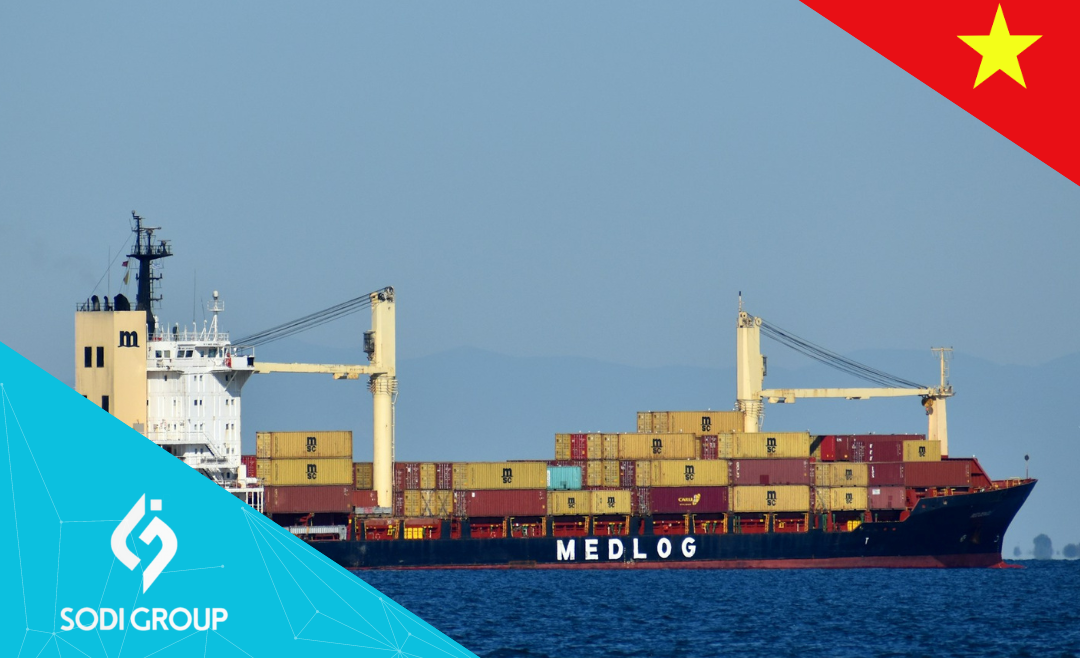📈 Sea Freight Costs on the Rise: The Ministry of Industry and Trade has issued a directive to export-import industry associations, logistics associations, the Vietnam Ship Owners’ Association, the Vietnam Shippers’ Association, and the Vietnam Association of Maritime Brokers and Agents, suggesting solutions to promote export-import activities amid rising sea freight costs.
Current Situation:
- Increased Costs: The recent surge in sea freight rates, localized port congestion in parts of Asia, and a shortage of empty containers have significantly impacted export-import operations. Businesses are facing higher costs and delays, disrupting supply chains and affecting international trade.
- Collaborative Efforts: The Ministry is working with various associations and businesses to enhance capacity, streamline coordination, and build long-term shipping contracts to mitigate the adverse effects of fluctuating freight rates and surcharges.
Recommendations:
- Alternative Routes:
- Multimodal Transport: Businesses are encouraged to explore alternative routes that incorporate multimodal transport, such as combining sea, air, rail, and road transport to reach European markets. For instance, goods can be shipped by sea to Middle Eastern ports and then transported to Europe via air, rail, or road, bypassing congested sea routes and reducing transit times.
- FTA Utilization:
- Leveraging Free Trade Agreements (FTAs): Businesses are urged to take full advantage of the benefits provided by FTAs. The Ministry, in collaboration with the Vietnam Chamber of Commerce and Industry (VCCI) and other relevant agencies, will enhance efforts to educate businesses about FTA regulations and benefits, improving their competitiveness in international markets.
- Customs and Port Cooperation:
- Accelerating Clearance of Backlog Goods: To ensure smooth flow and improved handling capacity at ports, export-import businesses should collaborate closely with customs authorities and port operators to expedite the clearance process, implementing more efficient procedures and utilizing technology to streamline operations.
- Training and Capacity Building:
- Supporting SMEs: The Ministry emphasizes the importance of training and capacity building for small and medium-sized enterprises (SMEs), providing them with the knowledge and skills needed to negotiate contracts and insurance effectively, protecting themselves from risks associated with high-risk sea routes and ensuring smoother operations.
- Risk Management:
- Developing Preventive Plans: Businesses are encouraged to develop comprehensive risk management plans to minimize risks and losses from unforeseen complex incidents. Contingency measures, such as maintaining buffer stocks, diversifying suppliers, and having alternative transport arrangements, can help businesses respond more effectively to unexpected challenges.
By implementing these strategic measures, the Ministry of Industry and Trade aims to stabilize the export-import sector and safeguard against unpredictable market fluctuations, ensuring the continued growth of the country’s economy.
Source: Nguyễn Quỳnh/ Cafef
Our Facebook: https://www.facebook.com/profile.php?id=61557971291576
For more posts: https://sodi.com.vn/


Leave a reply